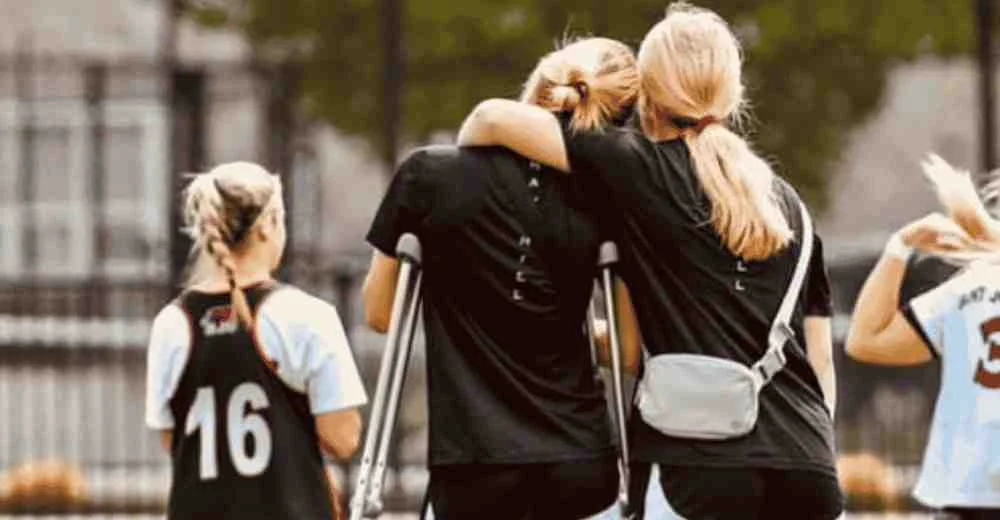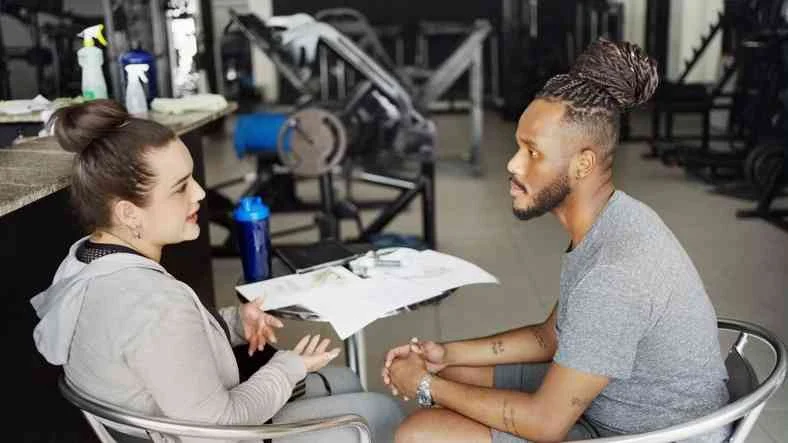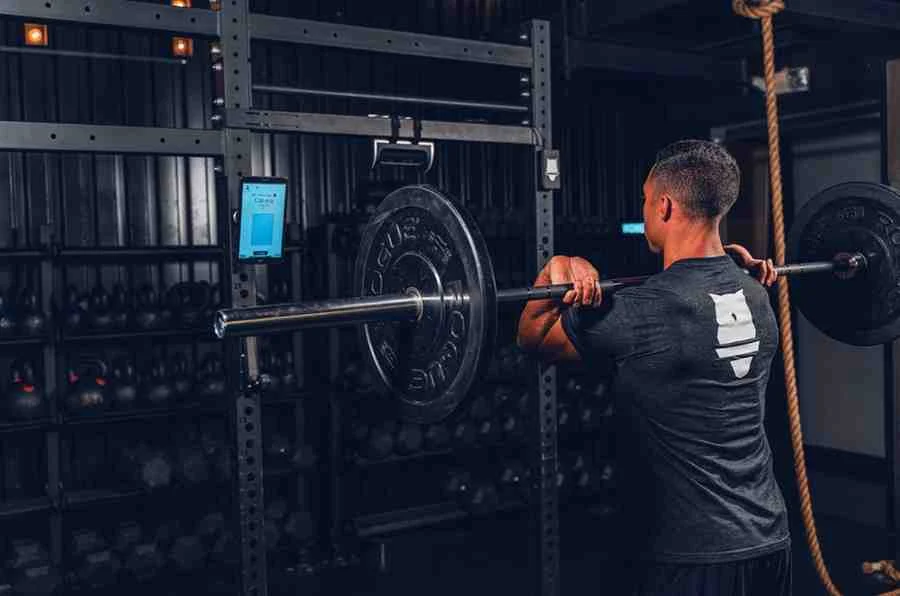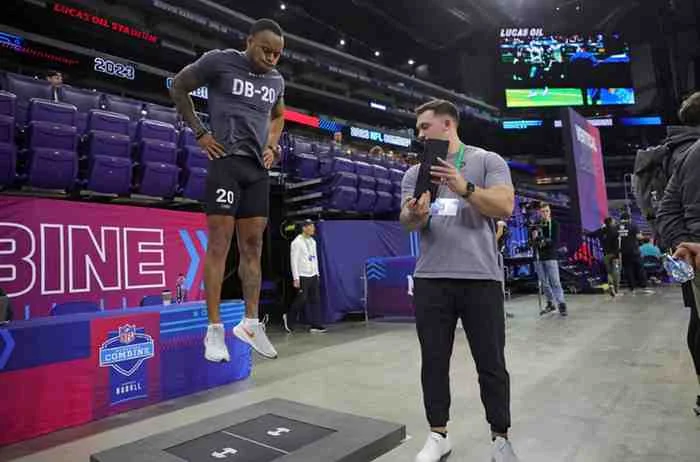[mashshare]

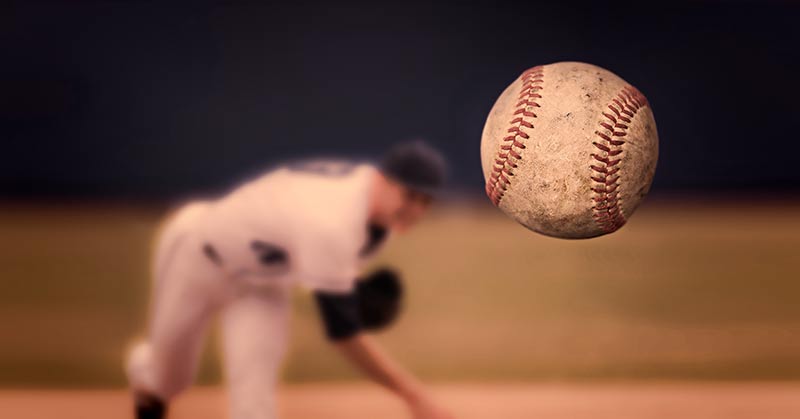
As NC State’s Assistant AD/Director of Strength and Conditioning, Bob Alejo oversees all of the strength and conditioning efforts of the department, and coordinates the day-to-day efforts of the men’s basketball team.
Prior to joining the Wolfpack staff, Alejo served as the Director of Strength and Conditioning for the Oakland A’s, a position he also held from 1993-2001. In that role, he was responsible for all aspects of the organization’s year-round physical preparation at both the major league and minor league levels.
Before rejoining the A’s, Alejo was the Director of Strength and Conditioning at UC Santa Barbara from 2005-2008. During that time, he was also a member of the 2008 U.S. Olympic team as strength and conditioning coach for the gold medal-winning men’s beach volleyball team of Todd Rogers and Phil Dalhausser.
From 1984-1993, Alejo served as strength and conditioning coach at UCLA, where he worked with 23 men’s and women’s teams, including the men’s basketball team while current Wolfpack head coach, Mark Gottfried, was an assistant coach. During Alejo’s tenure in Westwood, the Bruins racked up 25 national championships and produced more than 100 All-Americans.
Prior to joining the Bruins’ staff, Alejo served as strength and conditioning coach for football at his alma mater, Chico State. He earned his B.A. in physical education from Chico State in 1982 and is a member of the Wildcats’ Athletic Hall of Fame after a successful baseball career.
An accomplished lecturer and author, Alejo is a Certified Strength and Conditioning Specialist (through the National Strength and Conditioning Association’s Certification Commission) and holds the advanced NSCA Registered Strength and Conditioning Coach distinction. He has also been elected to three halls of fame: Chico State Athletics, Chico State Baseball (inaugural inductee) and the Chico Professional Baseball “Legends of the Diamond.”
Freelap USA: You drew a line in the sand with making sure coaches knew the difference between a sport scientist and a coach who knows sport science. Could you share how coaches can ensure they are up-to-date on the latest research while not missing their coaching duties?
Bob Alejo: This is a piece I posted on Facebook about sports science: “If you record and analyze athlete tracking data (GPS, player load, etc.), body weight and body composition, training heart rates, RPE’s, averages and standard deviations of physical testing scores, and write and implement training programs while coaching… BUT don’t take muscle biopsies, etc… Then you’re a strength and condition professional! It’s not complicated. Don’t make it. I don’t do scientific research or solve scientific problems… I study the science. What I do is not science, but science-based. There’s a difference!”
The passion drives the thirst for knowledge. Reading the literature and coaching are not separate duties—know the science and be a better coach. It’s a responsibility we have to ourselves and, more importantly, to those we train.
Passion drives the thirst for knowledge. Know the science and be a better coach. Share on XFreelap USA: Hamstrings are always a big topic, but so are groin injuries now. Could you share why some techniques in the past are now more relevant than ever? It seems that coaches are reinventing the wheel, just with shinier hubcaps.
Bob Alejo: Solid techniques with true positive results are here to stay, because the basics have always worked and will work forever. That’s not to say evolution does not occur, but how different do the bench press and squat look from 50 years ago?! It’s not like the difference between the era of no cell phones and cell phones!! It’s not the movement, but the science behind the programming of the movement.
I’ve coined the phrase, “Tell me what it is and I’ll tell you what we used to call it.” There is more programming made out of the fear of it not being new or different than the fear of it not being good! And, by the way, if you’re using the term “cutting edge,” I think you’re trying to tell me how good you are with an adjective instead of results. Shameful.
Freelap USA: You worked with some of the best pitchers in the MLB when you were with Oakland, and they followed perhaps the most pragmatic strength plan with intensity and volume over a long season. Can you get into why periodization needs to open its door a little to reality instead of only thinking Eastern Bloc countries?
Bob Alejo: The thing I am most proud of is that our pitchers lifted heavy weights, used low volume, and squatted heavy. The squat—front or back—is the most underrated core exercise of all time. We had no oblique injuries, they all threw over 90 mph, and we didn’t do one core exercise or medicine ball twists.
Every coach periodizes, including those who say they don’t. If you train for a given period of time and expect a certain result, then you periodize! Remember Mike Stone et al’s paper was “A hypothetical model….” It was a model but not stone tablets. You don’t always have a hypertrophy phase, it’s not always high reps in the beginning, and the strength phase might last an entire year. I still remain convinced that you need to block off specific periods of time to emphasize specific qualities and, at the end of the cycle, year, or whenever you need to be peaked, tie them all together for the best performances.
Freelap USA: We find it interesting that oblique injuries are a problem in baseball and you found success not doing any specific rotation exercises in-season with some of your players. What are your thoughts on medicine ball rotations in the off-season or as a way to condition athletes in general?
Bob Alejo: General maybe, and not for long. It’s like the goblet squat—that’s not a year-round strength exercise! Know the science. Med ball slams have some of the most oblique activation of several exercises; not twisting. And, unless you use a diagonal pattern, you won’t even be close. If anything, anti-rotation exercises are the key.
In my opinion, obliques are injured not by lack of strength or fitness, but by repetition. So why would you want to do more twisting if that’s the mechanism of injury?! We don’t prescribe more jumping for jumper’s knee. How about lifting weights? Question: How many oblique injuries do you hear from javelin throwers, shot putters or discus throwers? How about almost none, comparatively. They throw heavy implements a lot, but they are pretty strong. Figure it out.
Freelap USA: When you were in UCLA, you did a lot of training that still is part of your program now. Could you explain what changes you have made over 30 years and how you keep the staples in your program? With all of the additions to staff on pro teams and colleges, is a lot of expansion of HR just masking the poor utilization of a strength coach?
Bob Alejo: For sure, I think our contribution is at times minimized and underutilized. I remember, while in MLB, hearing of a team’s strategy to hire more ATCs because of the number of injuries. How about hiring more and better S&C personnel to reduce the incidence, severity, and risk of injury?!
My changes:
- Squatting once per week, one leg exercise the other day;
- Discontinuing the squat in-season, substituting heavy one leg activity (1-3 reps) and higher intensity pulls from the ground;
- Almost entirely deleting the power clean from the floor from the program and substituting high pulls (higher power outputs with heavier loads—see Tim Suchomel or Paul Comfort’s research);
- Staples stay because they work;
- A more-intense occupation with technical failure in testing;
- Research level testing for all sports.
Since you’re here…
…we have a small favor to ask. More people are reading SimpliFaster than ever, and each week we bring you compelling content from coaches, sport scientists, and physiotherapists who are devoted to building better athletes. Please take a moment to share the articles on social media, engage the authors with questions and comments below, and link to articles when appropriate if you have a blog or participate on forums of related topics. — SF
[mashshare]


